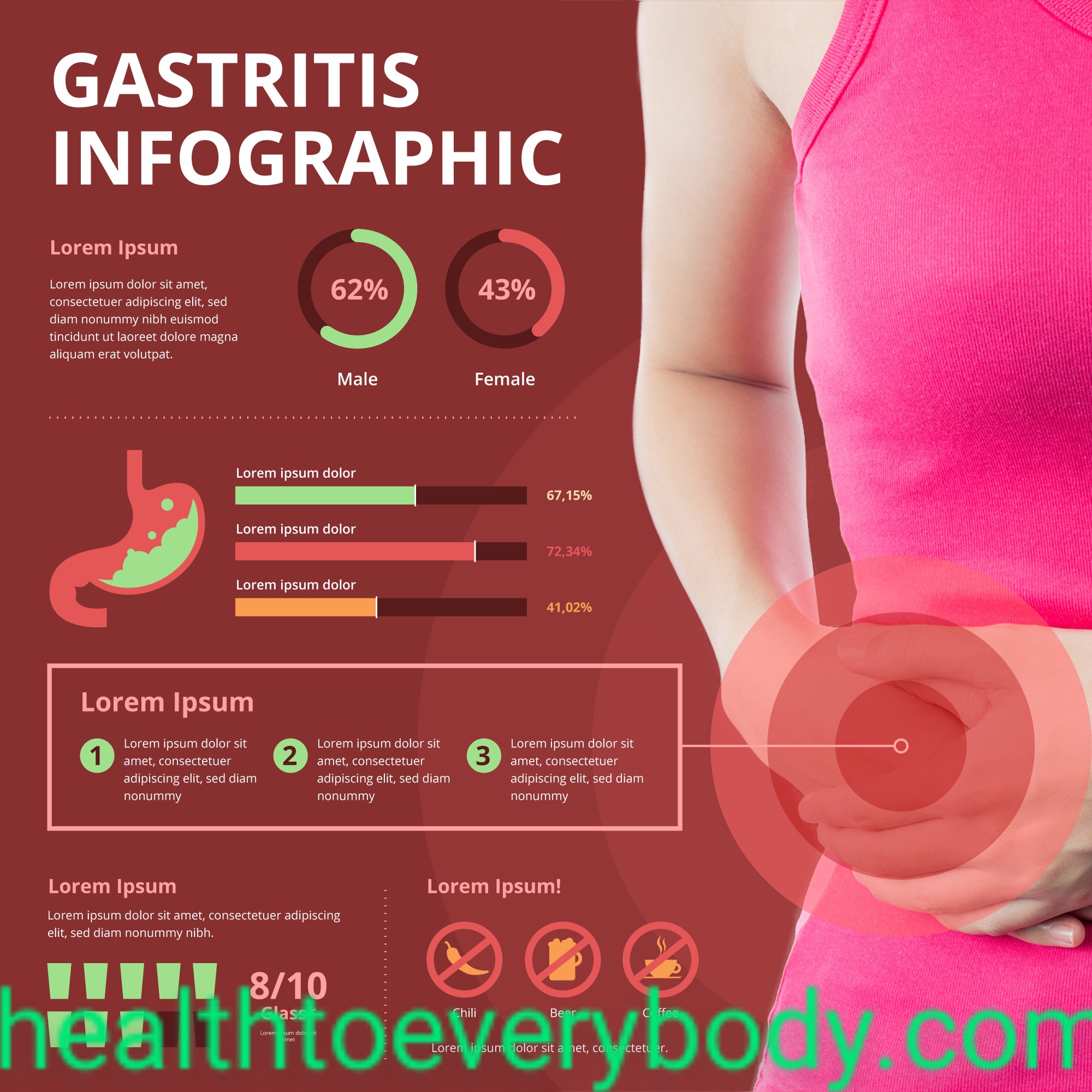(cerebrovascular accident)

Essential disease information of stroke
Acute onset of focal neurological deficit, most commonly hemiplegia but may also include unconsciousness, aphasia, hemisensory loss and visual field loss. Stroke may be transient ( recovers within 24 hours), completed ( persistent defect, not worsening) or evolving ( worsening after 6 hours of onset). 85% of completed strokes are due to infraction ( I.e. vessel occlusion by thrombus or emboli ) and 15% due to hemorrhage. It is not possible to distinguish between intracranial hemorrhage and infraction clinically.


Risk factors of stroke

- Hypertension
- Smoking
- Diabetes
- Heart disease
- Hyperlipidemia
- Excess alcohol
- Increased PCV
- Previous stroke
- Contraceptive pill in smoker
- Family history
Important symptoms of stroke

- Focal neurological symptoms as above
- Headache
- Dizziness
- Blunted vision
- Confusion
- Subarachnoid hemorrhage
- Sudden severe occipital headache
- Vomiting
- Loss of consciousness
Important signs of stroke

- High blood pressure
- Unconsciousness
- Hemiplegia
- Slurring of speech
- Unequal pupils
- Irritability
- Photophobia
- Neck stiffness
- Focal neuro signs
Differential diagnosis of stroke
- Meningitis
- Brain abscess
- Hypoglycemia
- Brain tumors
- Encephalitis
- Subdural hematoma
- Todd’s paresis (post seizure)
- hysterical
Investigation of stroke
- RBS ( random blood sugar)
- WBC ( white blood cell)
- PCV ( packed cell volume)
- ESR( erythrocyte sedimentation rate)
- Platelets
- ECG ( electrocardiogram)
- CSF if high fever with neck stiffness, syphilis serology if at risk
First aid and emergency management of stroke

- Lay the patient in the comfortable bed
- Maintain ABC (airway, breathing and circulation )
- Remove all tight clothes
- If patient have artificial teeth remove them
- Check vitals and complete physical examination
- Iv fluid only id indicated
- Foleys catheterization only if unable to void spontaneous
- O2 as requirement
- Control the blood pressure if hypertension severe to avoid relative hypotension (I.e. systolic blood pressure 200 mm of hg or diastolic blood pressure 120 mm of hg
- Pressure rate turn 2 hourly
Treatment of stroke
- Hydrochlorothiazide if high blood pressure 50mg
- Hydralazine 5 mg
- Aspirin for secondary prophylaxis if no contraindication
Doctor’s action on stroke
Confirm diagnosis, admission and physiotherapy



